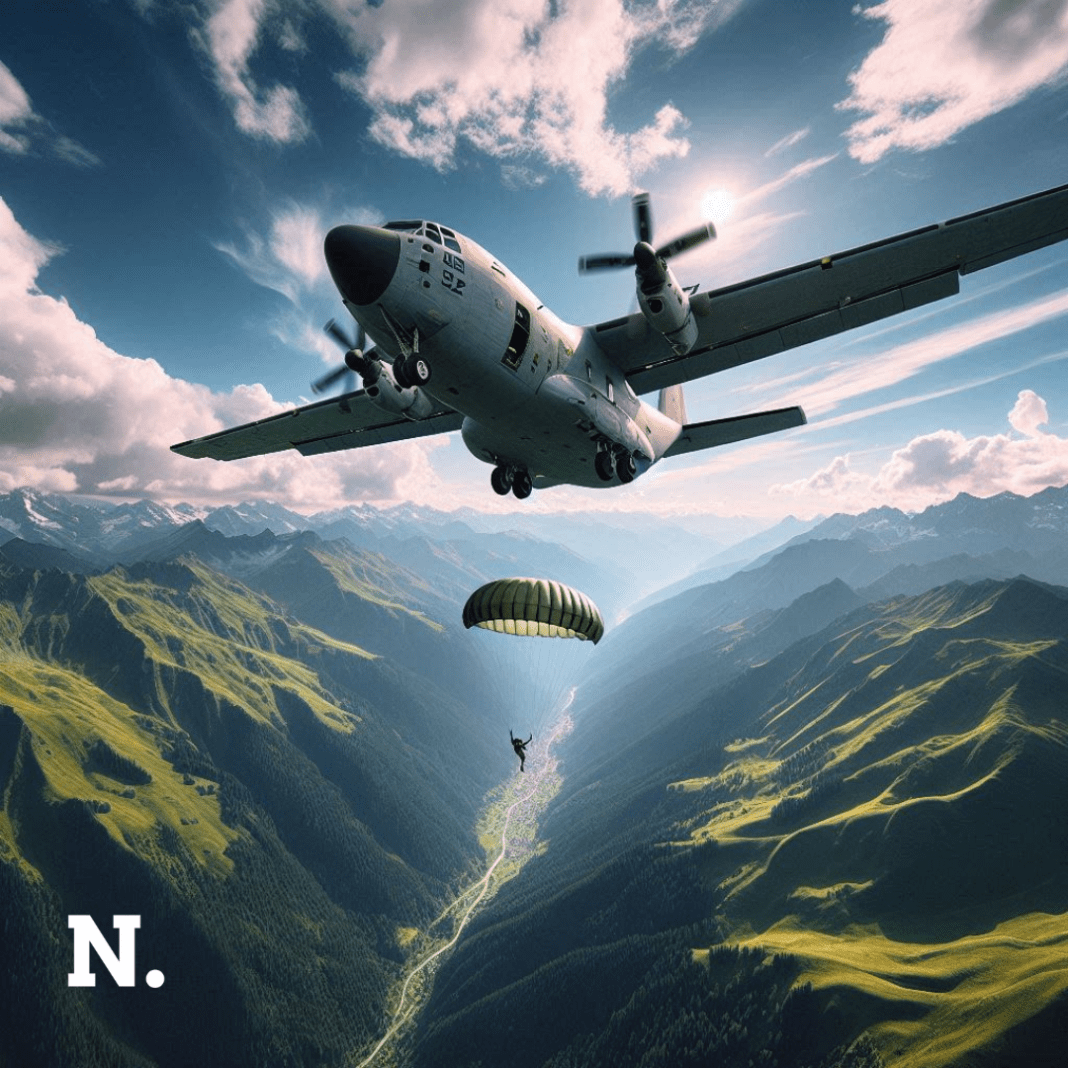While global military forces are focusing on the development of fifth and sixth-generation fighter jets, Canada is quietly working to revive the De Havilland Short C-23 Sherpa as a military variant. This initiative, though less publicized, marks a significant effort to reintroduce a nearly forgotten aircraft into the defence and firefighting sectors.
Historical Background of the C-23 Sherpa
The C-23 Sherpa, a twin turboprop aircraft, was well-known as a supply plane in Western Europe during the Cold War in the 1980s. This aircraft belongs to a family of similar planes and has a storied history in military logistics and supply missions. De Havilland Canada’s Vice President for Corporate Affairs, Neil Sweeney, discussed the ongoing feasibility study for reviving the C-23 during the CANSEC trade show in Ottawa on May 29. This study aims to determine if the C-23 could be viable for defence and firefighting markets, focusing on its potential for airdrops and paratroop missions.
Market Potential Of the C-23 Sherpa
In order to gauge consumer interest in the C-23, De Havilland also conducted a market survey this year.
The aircraft received positive feedback from the U.S. Forest Service, which uses it to transport smokejumpers for combating forest fires. In 2014, the U.S. Army transferred more than a dozen C-23s to the U.S. Forest Service. Despite this interest, De Havilland has not set a definitive timeline for the C-23’s revival and reintroduction. According to Sweeney, the decision will be based on evaluating demand against the non-recurring restart costs. He emphasized that a limited production run would not be feasible, but a larger scale of 500 units could justify the revival, depending on recurring costs and market demand.
Regional Influence of the C-23 Sherpa
Twin Otter Series 400 aircraft from De Havilland are flown by Indian regional airline Flybig. Owned by Gurugram-based Big Charter Private Limited, Flybig began operations in December 2020, focusing on connecting Tier-2 cities within India.
The US Air Force’s Workhorse
The C-23, with its distinctive fuselage and twin vertical stabilizers, has a long history as a dependable transporter. Built by the Short Brothers of Belfast, Northern Ireland, between 1984 and 1997, the aircraft served commendably until 2014. Oakley Brooks, former President of Short Brothers USA, noted that 60 C-23s in three variants were supplied to the U.S. military.
Evolution and Adaptations
In 1981, Short Brothers decided to modify the Model 330 passenger plane, a workhorse for regional airlines worldwide. The goal was to create a tough, versatile, low-cost aircraft with a 7,500-pound payload and a spacious interior, powered by Pratt & Whitney Canada’s PT6A-45R turboprop engines. The modifications included a downward-opening rear ramp and an open interior to accommodate paratrooper seats and cargo tie-downs. The remodeled 330, known as the Sherpa, completed its first flight in 1982.
Military Applications and Deployments
The U.S. Air Force (USAF) first showed interest in the Sherpa for its European Distribution System Aircraft (EDSA) program. General Billy Minter, commander of USAF in Europe, sought an aircraft to expedite the distribution of spare parts among numerous European bases during wartime. Shorts won the competition to supply 18 aircraft, which were delivered between March and December 1985. These aircraft served until the Berlin Wall fell in 1989, leading to a reduction in the U.S. military presence in Europe.
When the EDSA program ended in 1990, the C-23s returned to the U.S. Six went to the Army, two to the Air Force’s test pilot school at Edwards Air Force Base, six to the Bureau of Land Management, and four to the U.S. Forest Service. A new model, the C-23B, featured enhanced engines and landing gear, allowing for higher payloads and improved performance. It also included a rear ramp for paratroopers and aerial cargo drops. Fourteen of these new models were used by the U.S. Army National Guard (ARNG) for logistics and support missions.
Conclusion
The U.S. Forest Service now has four C-23As from the EDSA program in addition to fifteen C-23Bs. Despite its utilitarian design and budgetary challenges, the C-23 Sherpa has proven to be a versatile and dependable aircraft. The potential revival of the C-23 by De Havilland Canada represents a strategic move to address both defence and firefighting needs, leveraging the aircraft’s historical strengths while adapting to modern requirements. This initiative highlights the ongoing relevance of the C-23 Sherpa in contemporary military and civilian operations.





